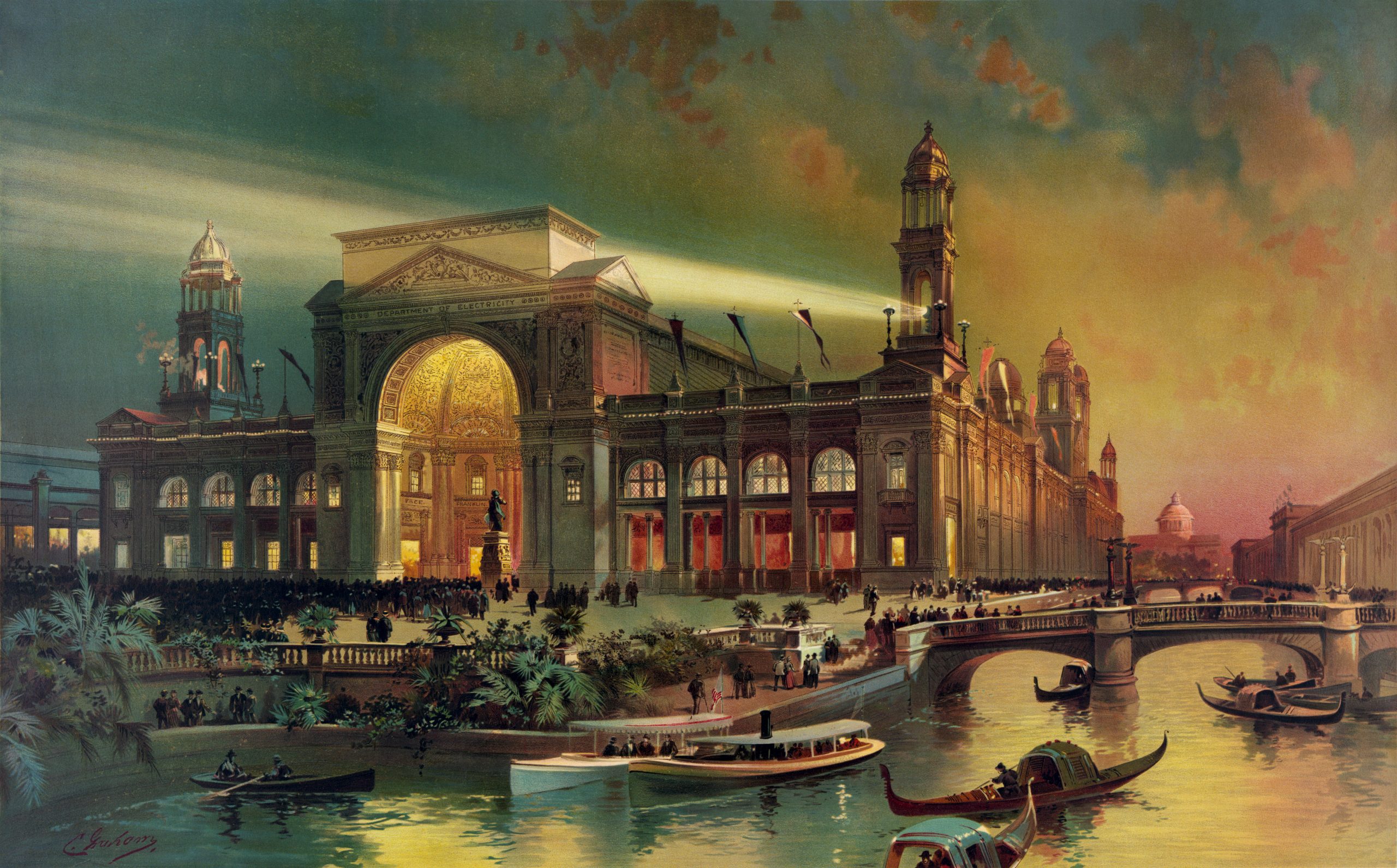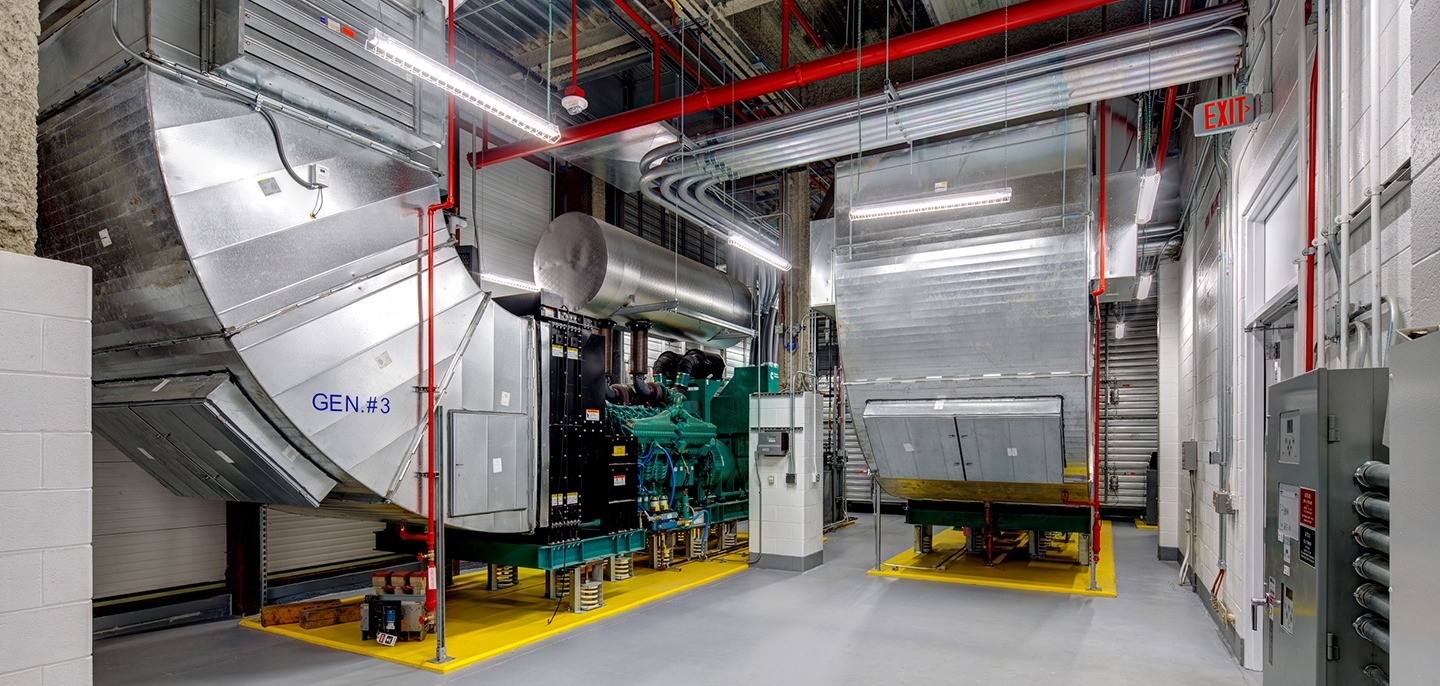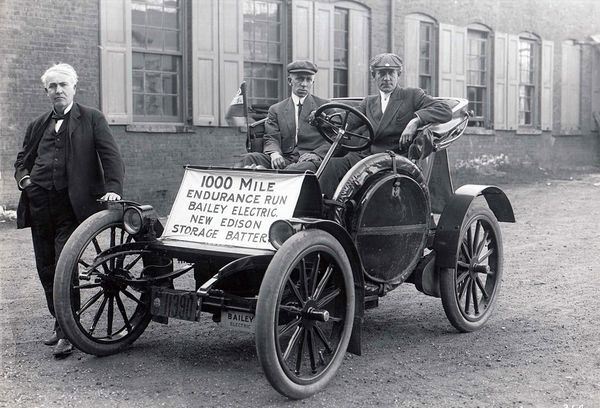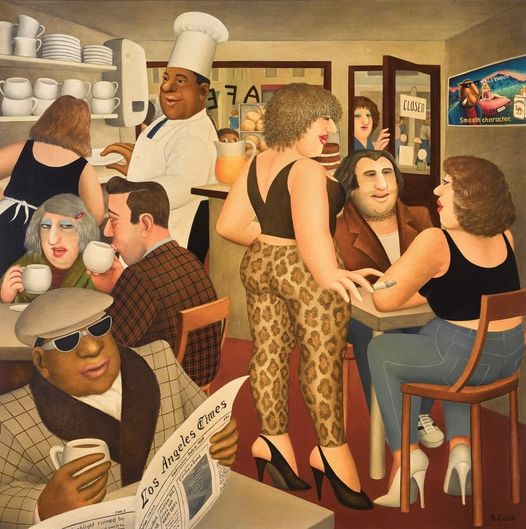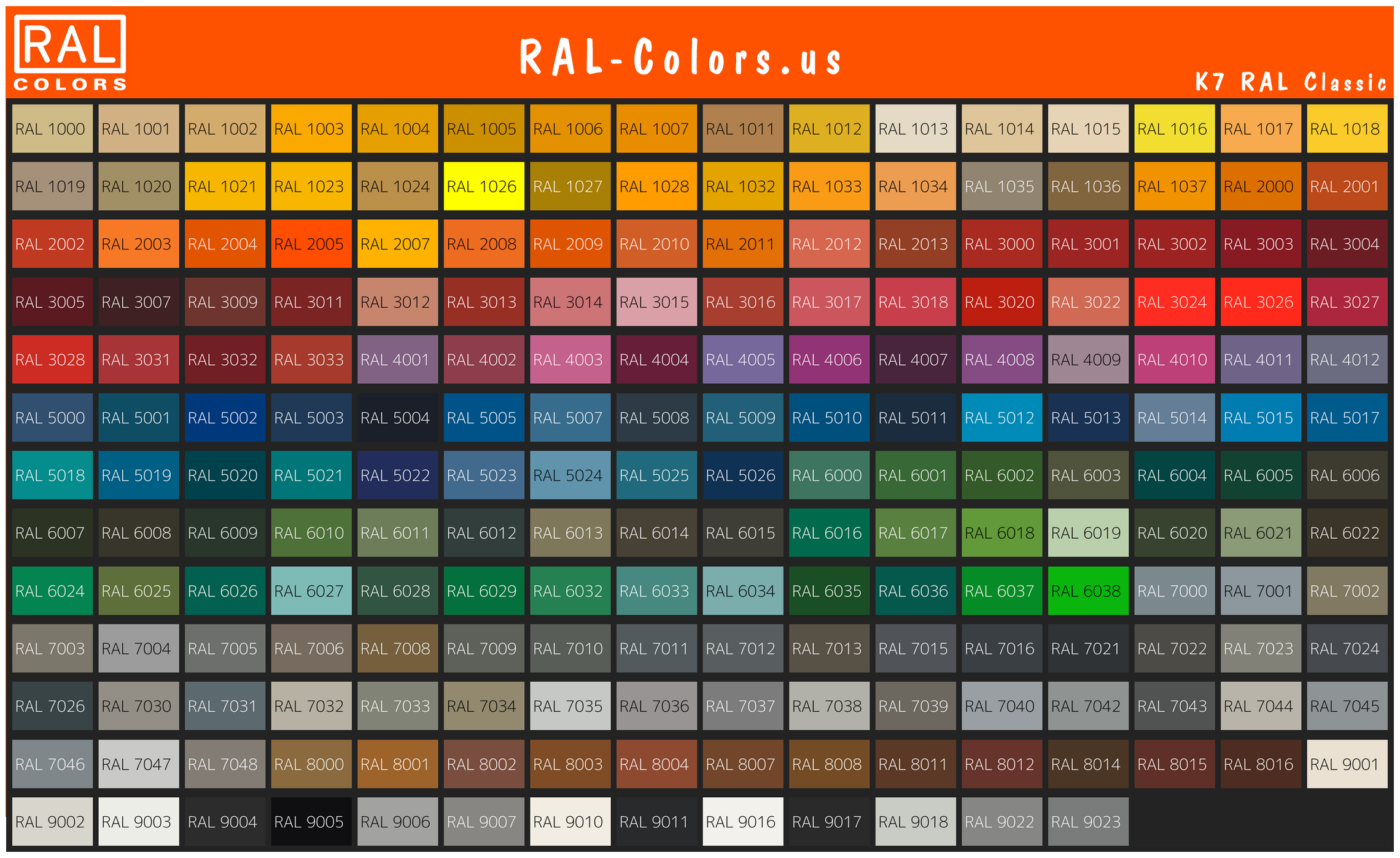Sporty weather season in the United States inspires a revisit of best practice for designing, building and maintaining the systems that provide limited electricity when the primary source fails. We have been active in the development of this and related titles for decades and have presented several proposals to the technical committee. Public input for the 2028 Revision will be received until June 4, 2025.
FREE ACCESS to the 2022 Edition of NFPA 110 Standard for Emergency and Standby Power Systems
The scope of NFPA 110 and NFPA 111 are close coupled and summarized below:
NFPA 110 Standard for Emergency and Standby Power Systems. This standard contains requirements covering the performance of emergency and standby power systems providing an alternate source of electrical power to loads in buildings and facilities in the event that the primary power source fails.
NFPA 111 Stored Electrical Energy for Emergency and Standby Power Systems. This standard shall cover performance requirements for stored electrical energy systems providing an alternate source of electrical power in buildings and facilities in the event that the normal electrical power source fails.
FIRST DRAFT AGENDA | August 2022
Public comment on the First Draft of the 2025 Edition will be received until May 31, 2023.
We have advocated in this standard since 1996 and still use the original University of Michigan Workspace; though those workspaces must be upgraded to the new Google Sites during 2021. We provide a link to the Standards Michigan Workspace and invite you to join any of our electrical colloquia which are hosted jointly with the IEEE Education & Healthcare Facilities Committee four times per month in European and American time zones. See our CALENDAR for the next online meeting; open to everyone.
Issue: [96-04]
Category: Electrical, Risk
Contact: Mike Anthony, Robert Arno, Neal Dowling, Jim Harvey, Robert Schuerger, Mike Hiler
More
ITM of Emergency Power Systems
Planning for Higher Education Journal: Revisiting the Campus Power Dilemma: A Case Study
Tom is a long-time colleague and friend so Mike happily posts his content:



